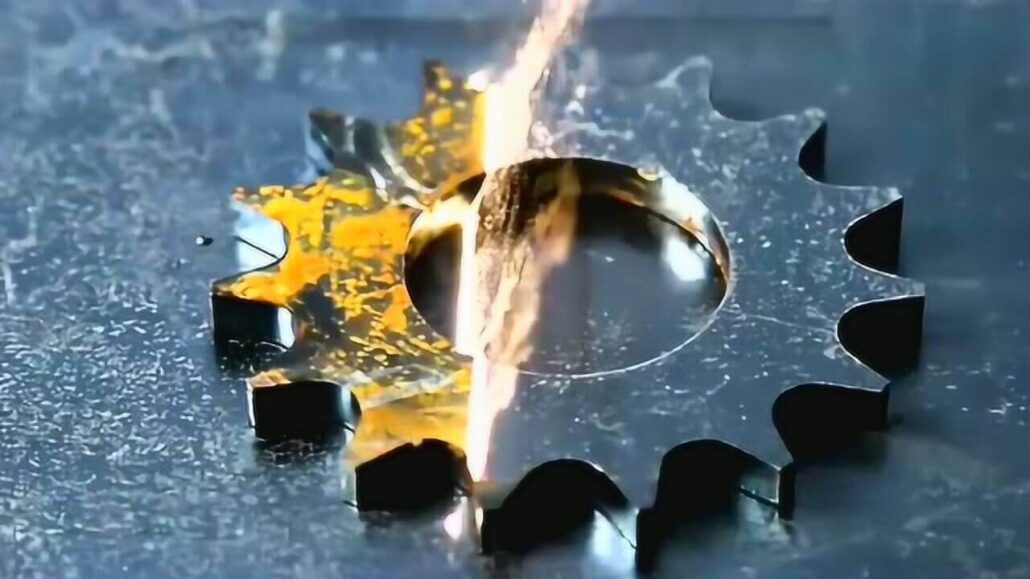Projects
Current Limitations Of Laser Cleaning Technology Development
Although laser cleaning technology has become more mature after years of development, there are still some problems that need to be solved urgently due to the complexity of laser cleaning equipment.

Hazards To Human Health
In general, most lasers used for laser cleaning have higher power, and this technology will inevitably develop towards higher power in the future. Moreover, most of the lasers are in the invisible frequency band, which contains great hidden dangers. As is well known, high-energy lasers can cause burns to the skin, causing more serious damage to the eyes, and potentially causing permanent visual damage to users.
There were severe cases about leading to blindness, which puts forward higher safety requirements for laser cleaning technology. In the design of lasers, the closure of the optical path should be completed and strict usage regulations need to be established. To ensure personal safety, protective clothing and other equipment must be mandatory while using laser cleaning machines.
The Equipment Cost is High
Although laser cleaning technology has many advantages, compared to traditional cleaning technologies, the equipment prices that can easily cost hundreds of thousands of yuan which makes most enterprises hesitate. Lasers is the core of laser cleaning technology, and reducing the production cost of lasers is the key to fundamentally popularizing laser cleaning technology.
At present, there are still some “bottlenecks” in the independent production process of lasers in China. It is necessary to continuously increase investment in the research of laser core technology to mobilize the enthusiasm and creativity of scientific researchers, vigorously promote the formation of the laser cleaning industry chain, and ultimately achieve the goal of laser cleaning technology entering small and medium-sized enterprise groups.
A Lengthy Experimental Process
In the laser cleaning process, it is necessary to select appropriate cleaning parameters based on the threshold values of different cleaning materials. Researchers generally conduct multiple cleaning experiments to obtain the optimal parameters required for cleaning different materials, and these time-consuming and lengthy experiments undoubtedly greatly hinder the further application of laser cleaning technology.
With the continuous deepening of relevant research, researchers have gradually begun to step into solving these problems. For example, by establishing corresponding finite element models, the cleaning process can be effectively simulated, which provides a reference basis for the selection of cleaning parameters.
In addition, machine learning technology is also used to fit and predict laser cleaning parameters, greatly reducing the complexity of experiments and providing a new approach for the development of laser cleaning technology. Laser cleaning is a new generation of industrial cleaning technology with advantages of environmental protection, safety, and high precision. With the upgrading of market demand, the application prospects of laser cleaning are promising.
At present, the laser cleaning market is still in its early stages of development in China. Due to the cost and technological limitations, laser cleaning applications are mainly concentrated in high-end fields, with fewer applications in traditional fields. In the future, relevant enterprises still need to focus on reducing costs, improving quality, and increasing efficiency in the laser cleaning industry.



































